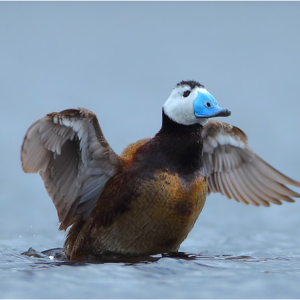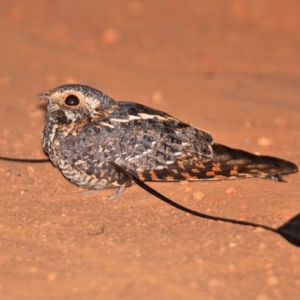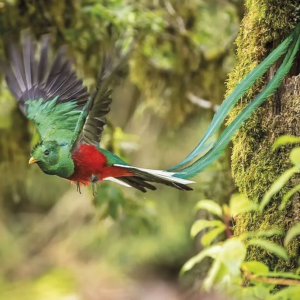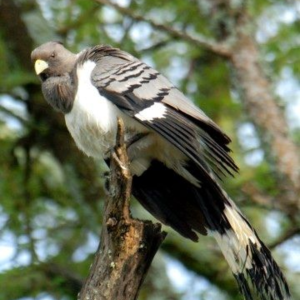Soaring through the vast grasslands of the Indian subcontinent, the Great Indian Bustard (Ardeotis nigriceps) is a sight to behold. With its majestic wingspan, reaching up to 2.5 meters (8 feet), and its weight of up to 15 kilograms (33 pounds), it is one of the heaviest flying birds in the world. Its deep black crown, contrasting with its pale neck and brownish body, makes it an easily recognizable and iconic species.
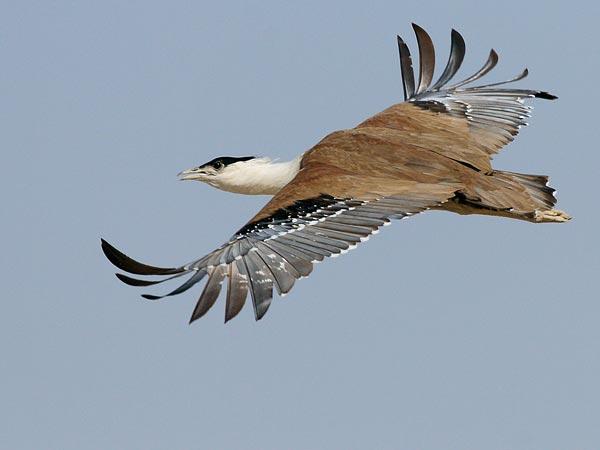
Sadly, this magnificent bird is teetering on the brink of extinction. With an estimated population of only 200 individuals remaining, the Great Indian Bustard is classified as Critically Endangered by the International Union for Conservation of Nature (IUCN). Habitat loss, hunting, and collisions with power lines are the primary threats driving this species towards oblivion.
Habitat Loss: A Shrinking Sanctuary
The Great Indian Bustard once thrived across the grasslands of India and Pakistan. However, the relentless expansion of agriculture, infrastructure, and energy projects has fragmented and destroyed its natural habitat. These grasslands, once teeming with life, have been converted into monotonous fields of crops, roads, and power lines, leaving the Great Indian Bustard with nowhere to call home.
Hunting: A Deadly Pursuit
Despite being a protected species, the Great Indian Bustard is still hunted for its meat and feathers. The ease with which it can be spotted in open grasslands makes it an easy target for poachers. This illegal hunting, coupled with the loss of habitat, has decimated the Great Indian Bustard’s population.
Power Lines: Silent Killers
The Great Indian Bustard’s large size and heavy weight make it particularly vulnerable to collisions with power lines. These collisions, often occurring at night when the birds are less visible, can cause severe injuries or even death. The expansion of power infrastructure across grasslands has further exacerbated the threat to this endangered species.
A Race Against Time: Conservation Efforts
Recognizing the dire plight of the Great Indian Bustard, conservation organizations


